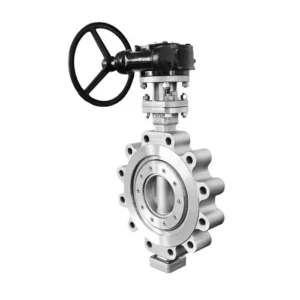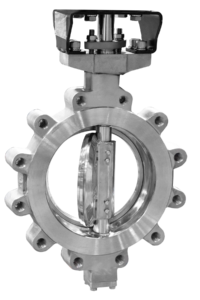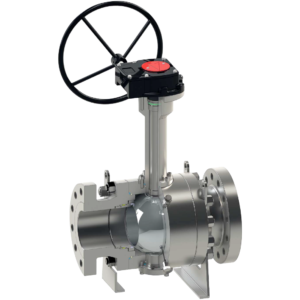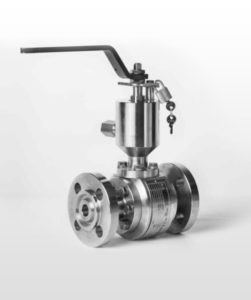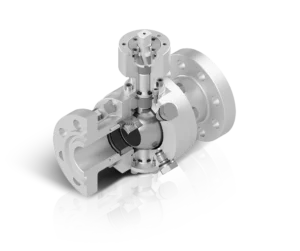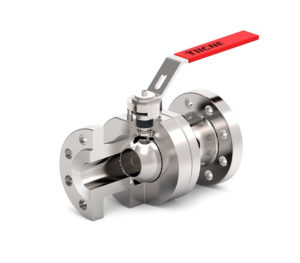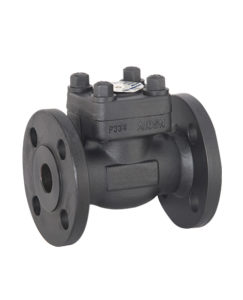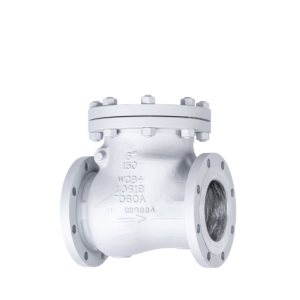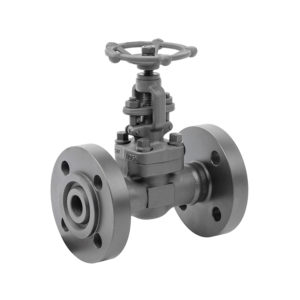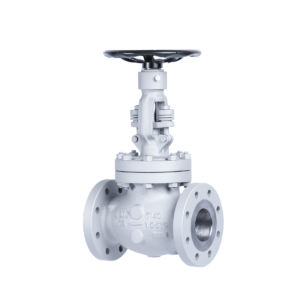About
Catalytic cracking is one of the most common secondary oil refining processes. Its main purpose is to produce high-octane gasoline with a mass yield of 50% and liquefied gases – raw materials for subsequent production of components for high-octane gasoline. In addition, the process produces light and heavy gasoil, which are used as a component for the preparation of diesel fuel and raw materials for the production of petroleum coke

Process features
High temperature (+600C)
Processing of heavy oil fractions

